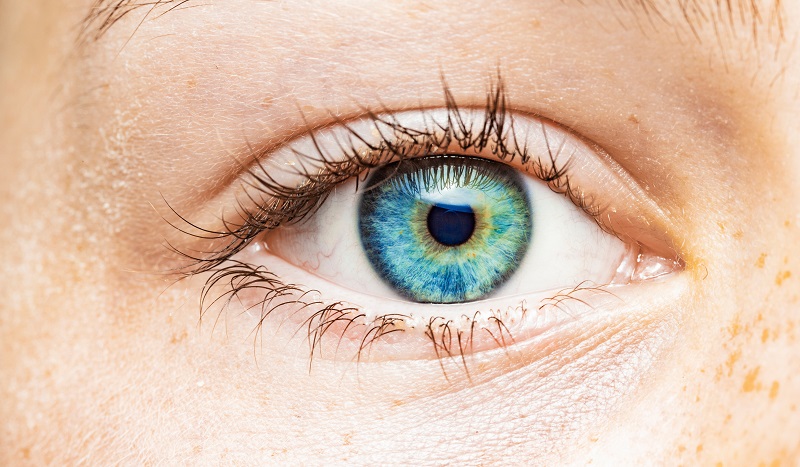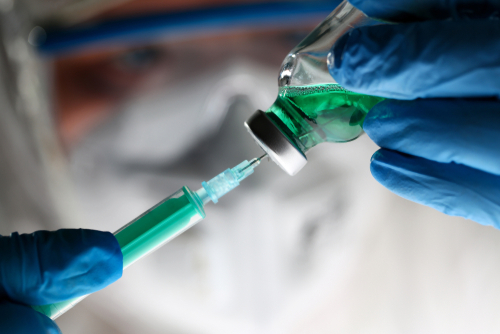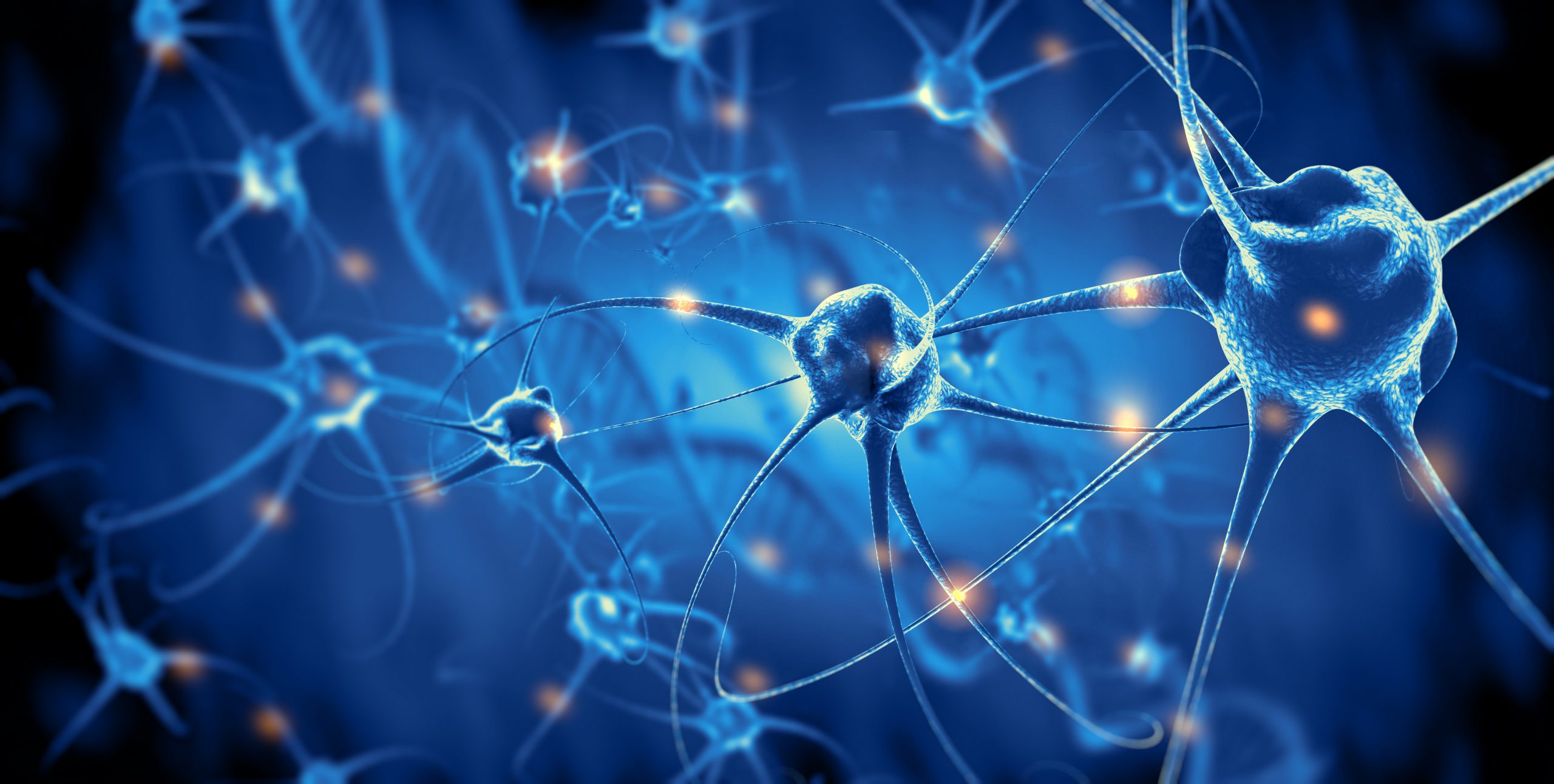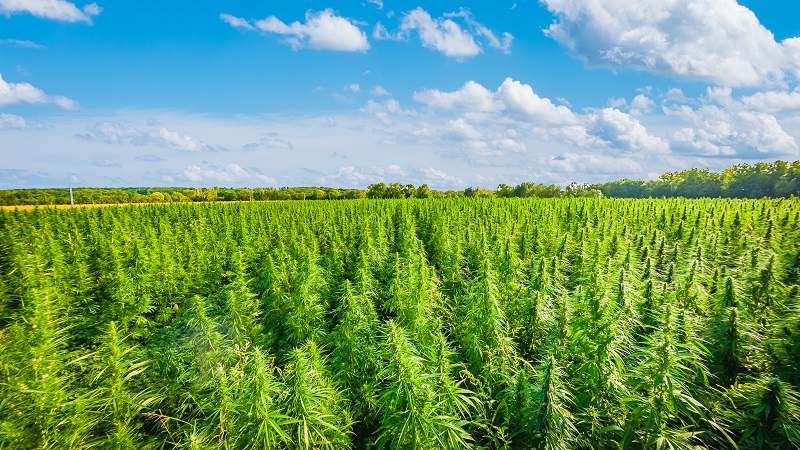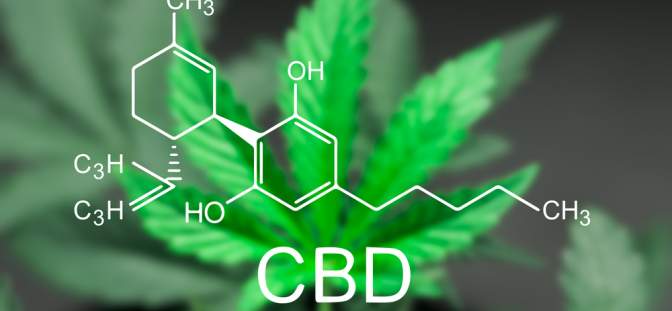Cannabinoids Can Be Used in Treatment of Refractory Pruritus: Here’s How

Pruritus is a medical term that refers to itching. It is a common consequence of various skin conditions. Atopic dermatitis (eczema), contact dermatitis, and xerotic (asteatotic) eczema are some common skin conditions that have pruritis as a manifestation.
Refractory pruritus occurs when the pruritus in patients does not respond to conventional treatments.
Pruritus/itching
Pruritus causes patients to experience an uncontrollable desire to scratch. The range of the sensation can vary, from being mild or moderate to becoming intolerable. Patients may experience pruritus symptoms either continuously or now and then.
The itching sensation is related to a free teleneuron (nerve ending) in the skin. Pruritus is generated at the free nerve endings of the skin. Ankles and wrists are the common areas for such free endings to exist in heavy volume. The scratch, associated with pruritus, is, in fact, a spinal reflex response (meaning involvement of the brain in generating the response is usually absent).
In adults, especially senior adults, refractory pruritus could be a symptom of an underlying systemic condition. Such underlying conditions can include neurological disorders, infections, metabolic or endocrine conditions, and inflammatory diseases. Sometimes, refractory pruritus may also indicate underlying psychiatric conditions or even cancer.
Pruritus risk factors and complications
Advancing age is a common risk factor for refractory pruritus. In people with severe pruritus symptoms, sleep can be disturbed. Over time, patients can experience a reduced quality of life as they may suffer bodily and mentally.
Conditions such as skin inflammation, mental stressors, and exposure to hot or dry environments can aggravate pruritus. Skin vasodilation, a condition in which blood vessels get widened or dilated, can also exacerbate pruritus.
Cannabinoids for refractory pruritus
Cannabinoids are chemical substances found in the Cannabis Sativa plant. Cannabinoids can refer to any chemical compound that performs the function of joining cannabinoid receptors between the body and brain. To be a cannabinoid, a chemical substance must also produce effects such as the effects of compounds produced by the Sativa plant.
Research shows that Sativa produces 100+ forms of cannabinoids. The most popular cannabinoids are CBD (cannabidiol) and THC (tetrahydrocannabinol). It is THC that imparts the psychoactive characteristics to the cannabis Sativa plant.
Psychoactive effects refer to the mentally heightened state that an individual usually experiences after the consumption of THC. CBD, though a cannabinoid like THC, does not result in a high.
The World Health Organization (WHO) states that pure CBD has not proven to be a promoter of substance dependence. Pure CBD has also not caused any health concerns among the public, according to WHO.
There is plenty of existing and upcoming research pointing out the beneficial health effects of cannabinoids, and, in particular, CBD. For example, cannabinoids, specifically CBD, have shown to be promising in curing certain complex forms of epilepsy.
Cannabinoids are also proving to be a promising alternative for the management of symptoms such as vomiting and nausea found in patients undergoing chemotherapy for cancer. The use of cannabinoids has given positive results in easing certain HIV/AIDS symptoms such as weight loss and loss of appetite.
Cannabinoids, and in particular CBD, have been shown to be effective for a range of other ailments. These include chronic pain, insomnia, anxiety, Post Traumatic Stress Disorder (PTSD), multiple sclerosis, and glaucoma.
These research results have led to an increase in CBD and cannabinoid-based product lines.
Consumers can use these CBD products in various convenient forms. Pain relief formulations include pain relief roll-on, pain relief spray, and pain relief cream.
The skin health range comprises effective formulations such as sleeping masks, glow oil, body oil, eye serum, facial serum, and recovery lotion, among others. Wellness products include face cream, anti-aging facing serum, and facial cream.
Cannabinoids have been showing favorable results for refractory pruritus too. New research shows that cannabinoids are playing a promising role in treating itches.
A study, conducted by Colorado University’s Anschutz Medical Campus, revealed that the anti-inflammatory properties of cannabinoids could help treat several skin diseases.
The study, which was published in the American Academy of Dermatology journal, concluded that formulations containing cannabinoids might be effective for atopic dermatitis, psoriasis, contact dermatitis, and eczema.
Dr. Robert Dellavalle, a senior author of the above study, said that cannabinoids could be most effective in treating symptoms of itching. This was observed in a study of 21 patients; 8 of these patients were instructed to apply a cannabinoid cream two times a day for three weeks.
After this duration, patients experienced complete relief from pruritus or itching. The reason could be that cannabinoids may have addressed the problem of dry skin that had resulted in the itching sensation.
Dr. Dellavalle opines that the anti-inflammatory properties of cannabinoids could be the primary reason for the efficiency of the compounds in treating itch. He also advises that patients who have tried other treatments for pruritus and had no success could try cannabinoid-based formulations. He also stresses on using formulations without any psychotropic effect such as CBD.
Research findings on the effects of cannabinoids on pruritus
In the human body, the endocannabinoid system plays a key role in the biological process of skin homeostasis. Homeostasis is a vital body process essential for the skin to survive and continue functioning. Homeostasis is also crucial to enable the skin to protect itself.
The endocannabinoid system is also believed to have an extensive effect on the body’s neurogenic responses. Reactions such as pruritus, inflammation, and immune-based responses are part of these neurogenic reactions.
In vitro studies – studies conducted outside of living organisms, in culture – and research on animal models have been able to reveal the mechanisms through which cannabinoids could affect pruritus.
A significant finding that is backed by extensive evidence is that of neuronal modulation brought about by cannabinoids. This neuronal modulation is seen in peripheral itch fibers and cannabinoid receptors that serve as centrally-acting agents.
As centrally-acting agents, the cannabinoid receptors regulate communications from the central nervous system and the brain to other parts of the body. Peripheral itch fibers refer to the sensory nerve fibers that generate the feeling of itch in response to a stimulus.
Research findings indicate that cannabinoids have a significant impact on both these factors associated with itch.
There are also human studies to show that cannabinoids have a positive effect on chronic pruritus. These studies show that cannabinoids can significantly reduce symptoms of chronic pruritus, including the scratching associated with the condition.
These human studies are limiting and not extensive because of the variations in the cannabinoids used. There were variations in the disease models studied and delivery methods used, which increases the limitation of the study.
There are several clinical studies where the use of cannabinoids has shown a reduction in symptoms of pruritus associated with various skin conditions. Psoriasis, atopic dermatitis, allergic contact dermatitis, asteatotic eczema, and prurigo nodularis were the skin conditions observed during this study.
There was a significant reduction in pruritus resulting from systemic diseases such as cholestatic pruritus and uremic pruritus.
When it comes to refractory pruritus, the study showed that cannabinoid formulations could serve as adjuvant therapy. Adjuvant therapy is an additional treatment provided to patients to reduce the risk of reoccurrence of pruritus.
These human studies, given their limitations, form only preliminary research in understanding the impact of cannabinoids on refractory pruritus. Extensive research is still needed for more conclusive evidence.
Another research study also draws attention to the promising role of cannabinoid compounds in the treatment of pruritus. The study opines that the role of cannabinoids is most promising in the treatment of itch.
The study authors believe that the ability of cannabinoids to treat pruritus is due to their interaction with the body’s CB1 and CB2 receptors. The effects of cannabinoids on pruritus are, in fact, due to the mediation brought about through these receptors.
CB1 and CB2 belong to the G-protein coupled receptor group. The purpose of these receptors is to carry signals from within to the outside of cells within the body. The CB1 receptor is believed to be responsible for the body going into a high due to the use of psychoactive cannabinoids such as THC. The CB1 receptor is dominant in the CNS or Central Nervous System.
The CB1 receptor is also found in other areas of the body but in a less dominant state. Peripheral tissues such as muscular, cardiac, pancreatic, hepatic, adipose, and testicular are the areas where the CB1 receptor is less dominant.
Research shows that CB1 receptors are responsible for some vital body functions, including regulation of sleep, mood, appetite, and memory. They are also responsible for the body to recognize pain; they enable the body to feel pain by releasing various neurotransmitters.
CB2 receptors are responsible for mediating the anti-inflammatory and immunomodulatory effects of cannabinoids. They are dominant in cells of the hematopoietic type and the spleen. Hematopoietic cells are immature cells that can evolve into any type of blood cell, including red blood cells, platelets, and white blood cells.
The authors of the study believe that CB1 and CB2 receptors are able to address pruritus and reduce itching by activating receptors on the nerve fibers of the skin. CB1 and CB2 receptors can activate receptors on keratinocytes and mast cells, an action that contributes to their ability to reduce pruritus.
Mast cells are referred to as allergy cells. They are responsible for producing immediate allergic reactions. These cells produce allergic reactions through “mediators.” Mast cells can create mediators by themselves or can use those that are already stored within them.
Keratinocytes are the dominant cell types of the epidermal layer of the skin. The epidermis is the topmost layer of the skin. Keratinocytes form about 90% of cells in this layer. They are created in the deepest epidermal layer, called the stratum basale. Keratinocytes later travel to the stratum corneum, the outermost layer of the skin’s epidermis.
Explaining the role of CB1 receptors, the study adds that anandamide, a CB1agonist, helps controls itching. The agonist does so by interacting with VR/TRPV-1 receptors found on keratinocytes and mast cells.
Pruritus induced by histamine can also be reduced by cannabinoids by enhancing their healing properties, the study discovered. PEA or Npalmitoylethanolamine, when administered through peripheral means, reduced histamine-induced pruritus. Peripheral administration refers to the administration of PEA into the veins through a catheter.
PEA acts by enhancing the binding nature of cannabinoid receptors CB1 and CB2. PEA does not bind itself to these receptors, though. It also improves the functioning of anandamide (mentioned earlier) at the cannabinoid receptor region. PEA does so by serving as an inhibitor for the amide hydrolase enzyme.
In conclusion
Existing research sheds light on the promising role of cannabinoids in the treatment of a variety of skin disorders and refractory pruritus associated with such diseases. A publication by the National Eczema Association draws attention to the powerful anti-itch effect induced by cannabinoids.
CBD, in particular, finds many advocates. Health experts explain that this cannabinoid’s anti-inflammatory properties can immensely benefit the skin. It can relieve the symptoms of itching effectively, say experts.
CBD use is also believed to work for all types of skin. Experts believe that the treatment potential of CBD lies in its ability to address the root cause of a disease. For example, CBD can relieve the symptoms of itching and irritation associated with various skin diseases by handling skin dryness, a root cause of many skin conditions.
The availability of CBD and other cannabinoid formulations in many forms make usage easier for patients. There are topical creams, body oils, transdermal patches, gels, and serums that can be used for effective results.
All these studies, while promising, are limiting as they have been performed under strictly controlled conditions. There is a need for large-scale randomized studies to gain deeper insights into the effects of cannabinoids on refractory pruritus.
Patients considering using cannabinoid-based formulations for refractory pruritus should do so on the recommendation of their doctors. The ingredient profile of topical and other types of formulations must be thoroughly understood before use. There is then the risk of inaccurate dosing, which is why a consultation with a medical practitioner is a must.
It is advised to go for cannabinoid products that have all the ingredients clearly labeled. The availability of third-party lab testing certificates must be looked into to derive an unbiased opinion regarding the product.
More articles:


